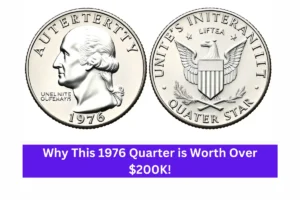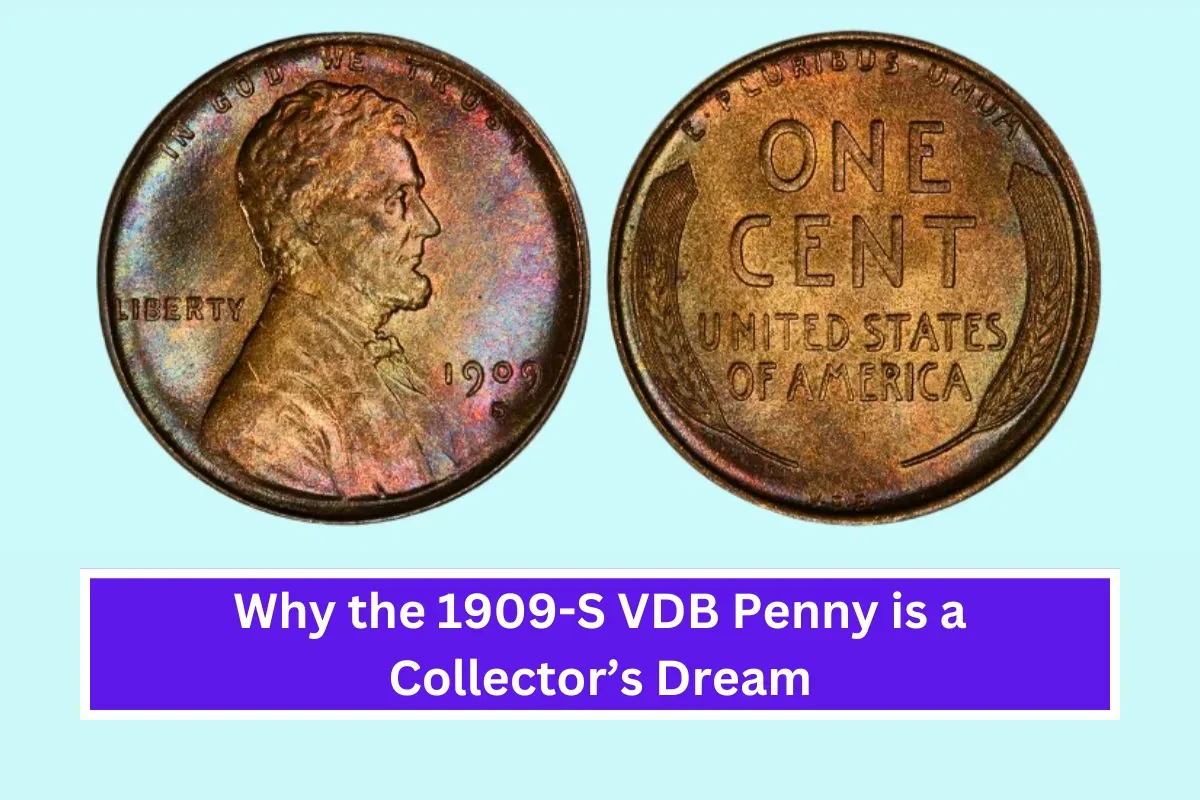The $10 bill is more than just a piece of paper used for buying goods. It’s a symbol of American history, technology, and even potential wealth. From the time it was first introduced to its collectible value today, there’s a lot to learn about this iconic bill. Let’s explore its rich history, design, and the reasons why it can be more valuable than you might think.
Historical Significance and Design
The $10 bill has been through many changes since it was first introduced in 1861. Over time, the design has evolved, reflecting the growth of the country and advancements in technology.
- 1861: The first $10 bill was a “demand note” featuring Abraham Lincoln.
- 1914: Andrew Jackson’s portrait appeared on the bill, and it became known as the Federal Reserve Note.
- 1929: The bill’s size was reduced, and it started showing Alexander Hamilton, the first Secretary of the Treasury.
- 1990: New security features, like microprinting and security threads, were added to prevent counterfeiting.
Each of these changes tells a story about how the U.S. government worked to make its currency more secure and representative of the country’s history.
Collectible Value
Did you know some $10 bills are worth a lot more than their face value? Collectors seek out certain bills, making them highly valuable. Here’s why:
- Solid Serial Numbers: Bills with repeating numbers, like 44444444, are in high demand.
- Repeater Serial Numbers: Bills with patterns, like 67676767, are also worth more.
- Mint Condition Bills: Old $10 bills in excellent condition, especially from the early 20th century, can sell for thousands of dollars.
The rarity and condition of the bill can dramatically increase its worth.
Security Features
To prevent counterfeiting, modern $10 bills come with advanced security features. These include:
- Raised Printing: This makes the bill feel different when you touch it.
- Color-Shifting Numerals: The numbers change color when you tilt the bill.
- Embedded Security Threads: This thread helps protect the bill from being copied.
These features show the importance of the $10 bill in protecting against fraud.
Alexander Hamilton’s Legacy
One of the most important figures in U.S. history, Alexander Hamilton, is featured on the $10 bill. Hamilton was the first Secretary of the Treasury and played a major role in shaping America’s financial system. The $10 bill serves as a reminder of his significant contributions to the country.
Potential Rarity in Serial Numbers
Serial numbers on $10 bills can make them rare and highly valuable. Here are a few examples:
- Birthday Serial Numbers: A bill with a serial number like 07041776 (which matches July 4, 1776) is extremely valuable.
- Low Serial Numbers: Bills starting with lots of zeros are considered rare and valuable by collectors.
If you’re lucky enough to find one of these bills, it could be worth much more than just $10.
The $10 bill is more than just currency; it’s a piece of American history with potential financial value. From its design changes over the years to the legacy of Alexander Hamilton, there’s a lot to appreciate about this bill. Whether you’re a history lover or a collector, the $10 bill can be an interesting item to study and even a great way to make money!
1. What makes some $10 bills worth more than others?
Bills with special serial numbers, such as repeating numbers or low serial numbers, are more valuable.
2. Why is Alexander Hamilton on the $10 bill?
Hamilton was the first Secretary of the Treasury and had a big influence on the U.S. financial system.
3. How can you tell if a $10 bill is real or fake?
Look for raised printing, color-shifting numerals, and security threads to verify authenticity.
4. What is a “solid serial number”?
A solid serial number is a bill with repeating digits, like 44444444, which is considered rare and valuable.
5. Are old $10 bills worth more than newer ones?
Yes, old $10 bills in mint condition or with rare features can be worth thousands of dollars.













